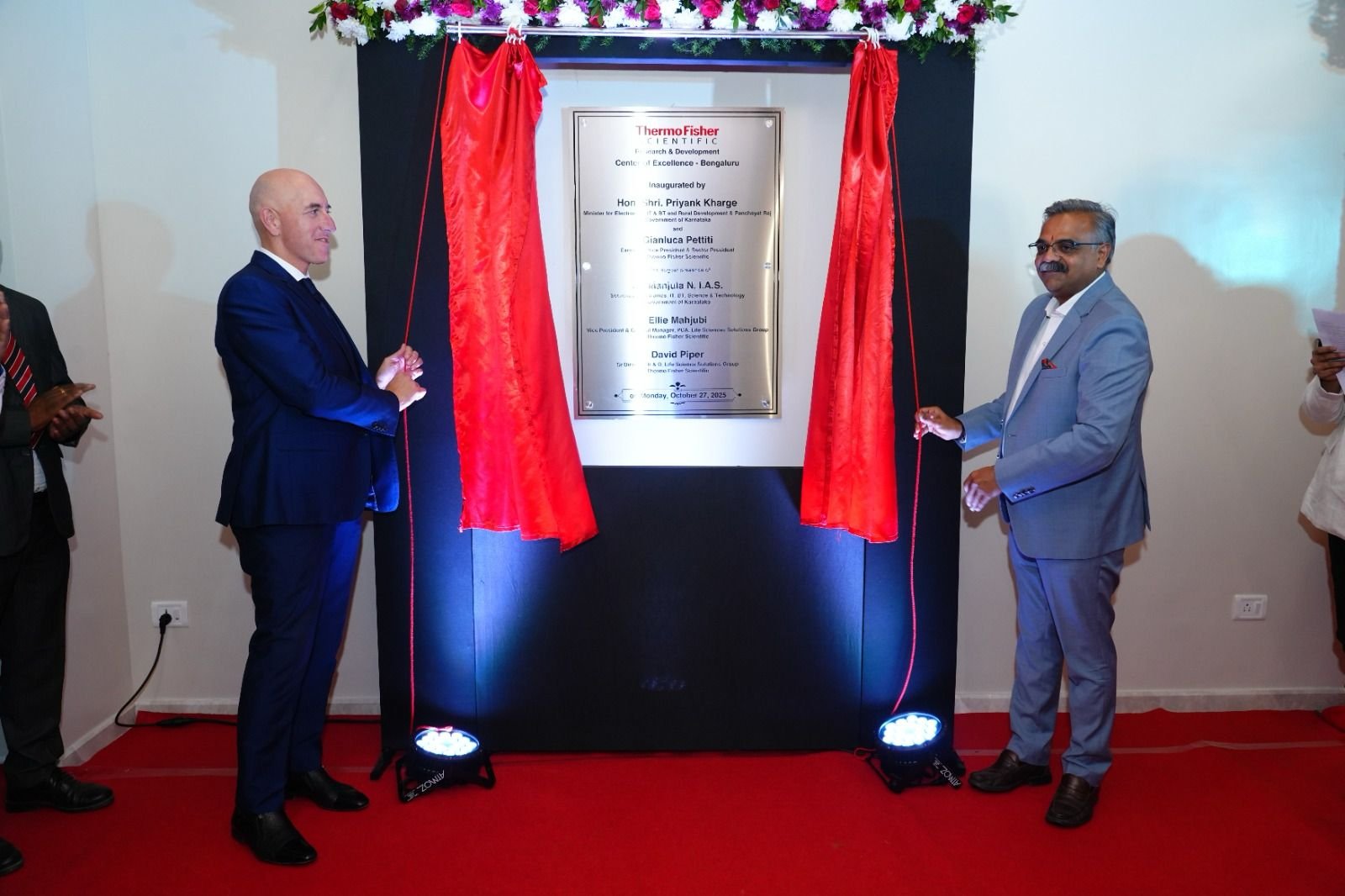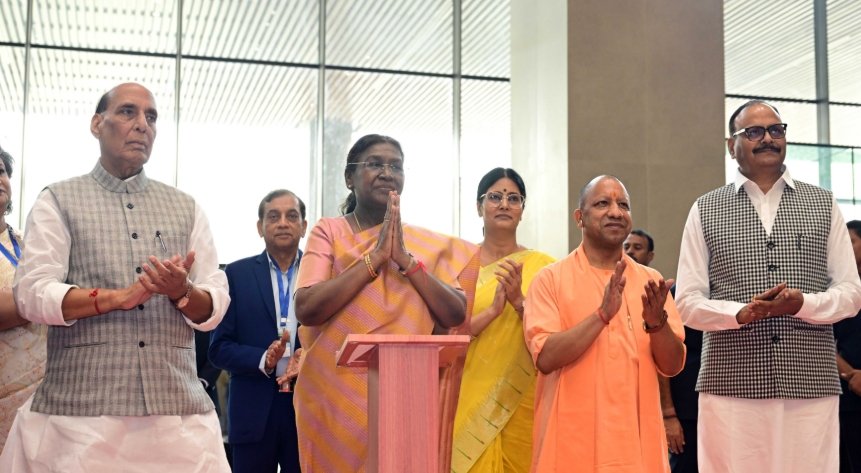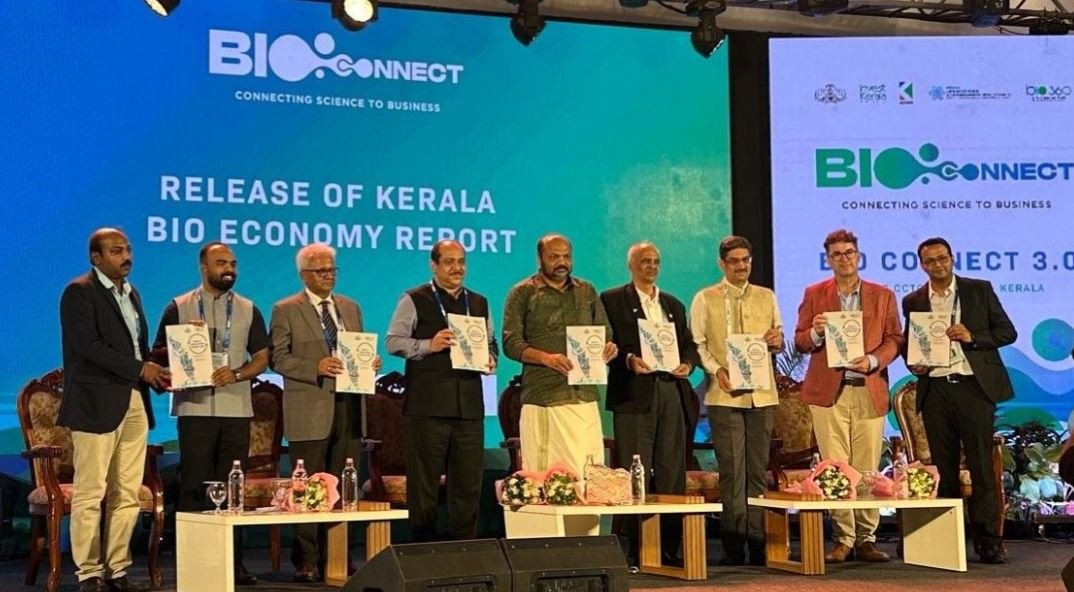Pre-Budget Dialogue: Industry Leaders on India's Economic & Healthcare Priorities
January 29, 2025 | Wednesday | Views | By Ankit Kankar | ankit.kankar@mmactiv.com
Insights from BioSpectrum India's Pre-Budget Session
With the Union Budget 2025 on the horizon, BioSpectrum India hosted a pre-budget session virtually led by CEO Manasee Kurlekar, featuring esteemed industry leaders Dr. rer. nat. Nagaraj Rao, Managing Director of Rane Rao Reshamia Laboratories Pvt Ltd, and Dr. Chandrashekharan S, Chairman & Managing Director of Vipragen Biosciences
The discussion focused on India’s GDP trajectory, innovation-driven biotech growth, healthcare infrastructure, talent retention, and policy expectations from the upcoming budget.
India’s GDP Growth & Competitive Landscape
Kicking off the session, Dr. Nagaraj Rao provided an economic outlook, stating that India’s GDP growth is projected between 6% to 7.5% in 2025. He highlighted that while India benefits from a robust domestic market, state-wise GDP disparities persist, with states like Assam achieving an impressive 19.1% growth rate.
He noted that China’s aggressive industrial strategy and government-backed infrastructure investments have given it an edge in biopharma and green energy sectors. He emphasized that India's approach should not rely solely on government support but must involve industry-led initiatives to improve industrial parks, utilities, and supply chain resilience.
Key Takeaway: India must accelerate infrastructure and industrial growth to reduce dependency on China and compete globally.
Healthcare & Life Sciences: Government Intervention Needed
Dr. Chandrashekharan S addressed the post-pandemic healthcare priorities, emphasizing India’s rapid biopharma advancements but also the gaps in innovation, funding, and ecosystem support.
He pointed out that while India has made strides in life sciences, biotech manufacturing, and research incubation, a structured innovation framework is still lacking. To compete with global leaders, India must focus on:
- Expanding biotech clusters to facilitate deep-tech startups and academic collaborations.
- Strengthening regulatory and financial support for startups scaling from R&D to commercial production.
- Enhancing tax incentives for companies investing in biotech R&D.
- Reducing intellectual property (IP) registration costs to help startups retain ownership of their innovations globally.
Key Takeaway: India must bridge the gap between innovation and commercialization through regulatory reforms, IP protection, and financial support.
Addressing the Talent & Retention Crisis
Both speakers agreed that India faces a critical talent shortage in life sciences and technology-driven sectors. Dr. Rao noted that while India produces world-class researchers, many leave for better opportunities abroad due to lack of career stability and funding.
He emphasized the need for:
- Industry-academia partnerships to ensure practical training beyond theoretical education.
- Government-backed talent retention programs to incentivize skilled professionals to stay in India.
- Mentorship and long-term career planning to prevent high attrition rates among biotech professionals.
Key Takeaway: Building a strong innovation ecosystem requires nurturing and retaining talent through better education, funding, and career support.
Digital Transformation in Biotech & Pharma
In discussing digital advancements in healthcare and pharma, Dr. Chandrashekharan highlighted that AI, ML, and data-driven diagnostics are reshaping the industry.
However, he warned that without significant investment in AI-driven R&D, India risks lagging behind. The government must support digital infrastructure development to ensure competitiveness in drug discovery, clinical research, and precision medicine.
Key Takeaway: The budget should prioritize AI-driven biotech R&D, digital infrastructure, and smart manufacturing capabilities.
Expectations from the 2025 Budget
Both Dr. Rao and Dr. Chandrashekharan shared their wishlist for the upcoming budget:
- Regulatory Simplification: Extend DCGI license validity from 3 to 10 years to reduce bureaucratic burdens on pharma companies.
- IP Protection: Government subsidies for patent filing and IP maintenance to help startups compete globally.
- Biotech Scale-Up Support: Debt funding and tax incentives for biotech firms transitioning from R&D to commercial production.
- Medical Device Manufacturing: Encourage domestic production through policy integration between engineering, design, and regulatory approvals.
- Talent Development & Retention: Provide tax benefits and grants for companies investing in long-term employee training.
Final Thoughts: A Future-Ready Budget?
As the session concluded, Dr. Rao raised concerns over India’s high startup failure rate, with only 30 out of 1,400 biotech startups successfully scaling up. He emphasized the need for targeted financial assistance and mentorship programs to prevent wasted potential.
Both speakers agreed that while India has taken significant steps in pharma, biotech, and medical device innovation, the upcoming budget must provide long-term structural support to sustain growth.
With the Union Budget 2025 just around the corner, industry stakeholders await critical policy decisions that could shape India's trajectory as a global biotech leader.









